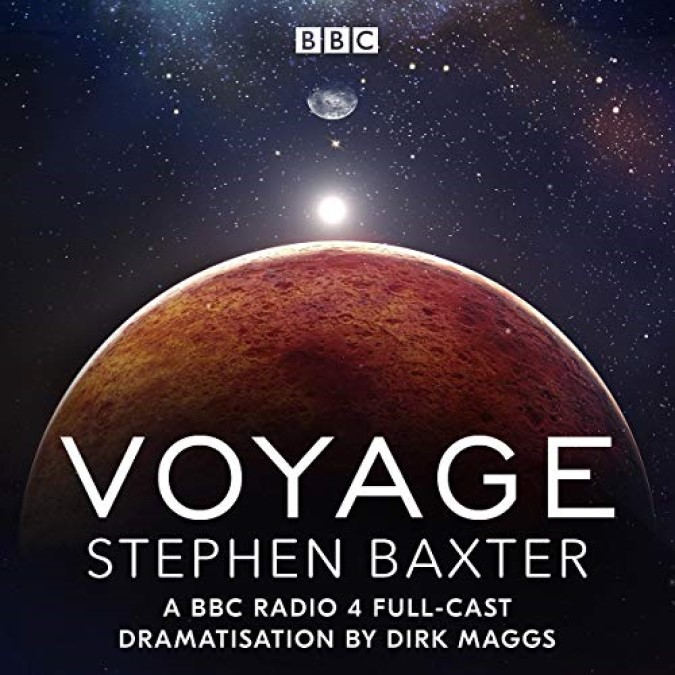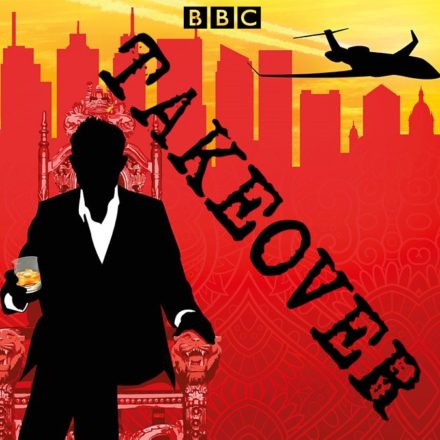Members get information about when streams/downloads become available, as well as accessing podcast RSS feeds for freely-available content to make listening to great shows a breeze, Register Here
The book tells the story in flashbacks during the actual Mars mission of the chronicalised history until the mission’s beginning. The point of divergence for this alternate timeline happens on November 22, 1963, where John F. Kennedy survived the assassination (Jacqueline Kennedy was killed, hence the renaming of the Kennedy Space Center as the Jacqueline B. Kennedy Space Center), but was crippled and thus incapacitated, as Lyndon B. Johnson is still sworn in. On July 20, 1969, Apollo 11 astronauts Neil Armstrong and Joe Muldoon walk on the Moon, and Nixon’s “most historic phone call” is joined by a call from former President Kennedy, committing the United States to send a manned mission to Mars, which Nixon backs as part of his fateful decision to decide the future of manned spaceflight, instead of deciding on the Space Shuttle program as he did in our timeline.
Preparations for this new goal include slashing the number of Moon landings so funding and leftover Apollo spacecraft hardware can go towards the efforts of the manned Mars mission. Apollo 12 still lands, Apollo 13 still suffers its disaster, but Apollo 14 is crewed by the astronauts of the cancelled Apollo 15 mission to carry out the scientific experiments on the lunar surface, and is the last manned Moon landing. At the same time, the NERVA program is revived to become the chosen Mars spacecraft development, with larger tests in Nevada, but without containment and plagued with engineering problems.
The book centres around chronicling the lives of the future Mars mission astronauts, NASA and contractor personnel all involved in making the mission become a reality, and the shifts within NASA’s astronaut and management hierarchy throughout the mission’s preparations, including female geologist Natalie York’s quest to become an astronaut, and her stormy relationships with fellow astronaut Ben Priest and NERVA engineer Mike Conlig. Other astronauts include Ralph Gershon, a former fighter-bomber pilot involved in illegal bombing missions in Cambodia during the Vietnam War whose dream is to be the first black man in space, and Phil Stone, a veteran Air Force test pilot-turned-astronaut who has flown in a long-term stay on a lunar orbital station before the Mars mission.
In the 1970s, the Skylab Space Station is launched, but apparently as a wet workshop design that is based on the Saturn IB S-IVB upper stage called Skylab A. The Saturn V that might have launched Skylab in our timeline instead launches Skylab B, a lunar orbit space station unofficially named “Moonlab”, also a wet workshop based on the S-IVB. The Apollo-Soyuz Test Project is instead a series of visits by the Apollo Command/Service Module to Salyut space stations, and Soyuz missions to both Skylab and Moonlab. To facilitate the latter, the Soviets finally finish work on their N-1. The Skylab/Moonlab programs lead to improvements in the design of the Apollo Command/Service Module. A Block III CSM is produced using battery power in place of fuel cells, followed by the Block IV and V, which have a degree of reusability (modular construction and resistance to salt water corrosion). Also chronicled is the development of the experimental ‘Mars Excursion Module’ by small aerospace firm Columbia Aviation as it struggles against larger rival contractors of NASA and its engineers working painstakingly against the technical challenges of a working and reliable Mars lander.
A test of the NERVA, called Apollo-N, is finally launched atop the modified Saturn VN, but suffers from pogo oscillations in the S-IC first stage. This damages the NERVA upper stage, which catastrophically fails once fired in orbit; despite returning to Earth safely, the entire crew (including Ben Priest) is killed by radiation poisoning, and the space program nearly collapses from hostile political and public opinion against the use of nuclear power in space, and the seemingly unnecessary risks and reasons of a Mars mission.
In the aftermath, a new Mars mission plan dubbed Ares is drawn up, utilising the upgraded Saturn V-B, which has numerous improvements, including the use of solid rocket boosters to double its payload. Ares also uses on-orbit assembly of a different long duration Mars-ship using wet-workshop Saturn rocket components as the propulsion systems as well as a Skylab habitat module and external tanks to hold extra fuel. Ares performs a Venus flyby reminiscent of the Manned Venus Flyby NASA planned in the aftermath of the original Apollo program, but done in this timeline for gravitational assistance, and finally lands at Mangala Valles on March 27, 1986.
However, as a side effect, a number of unmanned probes – including the Viking program, Pioneer Venus project, Mariner 10, Pioneers 10 and 11, and the Voyager program – are cancelled so that their funding can be redirected to the manned Mars mission, although another Mariner orbiter is sent to Mars to help prepare for the manned landing. As a result, although humans walk on Mars, their knowledge of the Solar System, including Mars itself, is far less than in reality.
Episode List
- 01 – 1969-71 Decision
- 02 – 1972-80 Trajectories
- 03 – 1980 Apollo N
- 04 – 1981-85 Approaches
- 05 – 1985-86 Project Ares



















